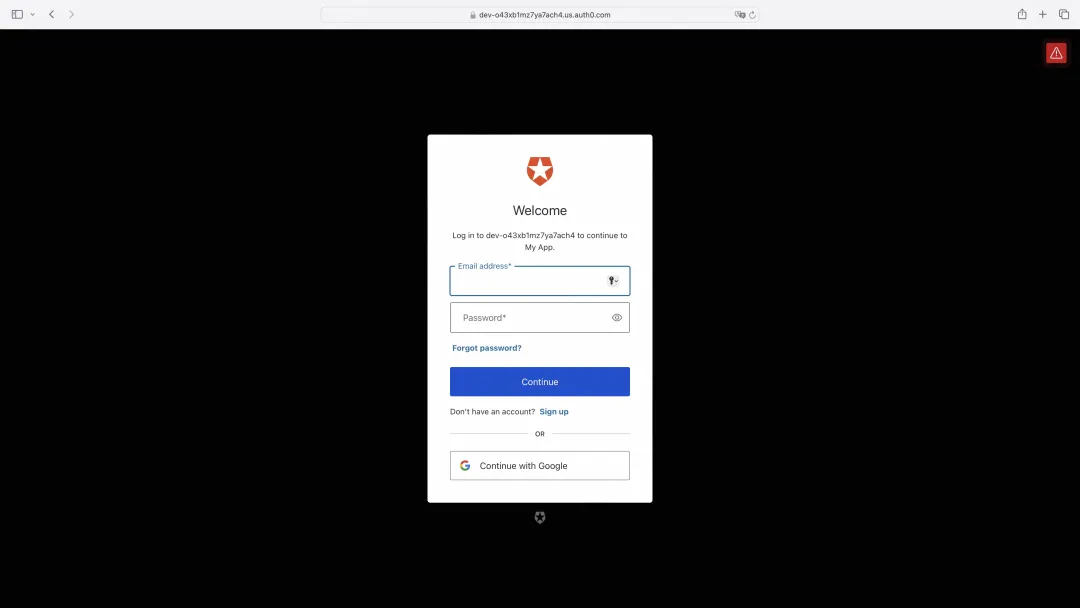本文主要是介绍sqlsrv_connect,希望对大家解决编程问题提供一定的参考价值,需要的开发者们随着小编来一起学习吧!
来源:http://msdn.microsoft.com/en-us/library/cc296161(v=sql.105).aspx
Creates a connection resource and opens a connection. By default, the connection is attempted using Windows Authentication.
$serverName: A string specifying the name of the server to which a connection is being established. An instance name (for example, "myServer\instanceName") or port number (for example, "myServer, 1521") can be included as part of this string. For a complete description of the options available for this parameter, see the Server keyword in the ODBC Driver Connection String Keywords section of Using Connection String Keywords with SQL Native Client.
Beginning in version 3.0 of the Microsoft Drivers for PHP for SQL Server, you can also specify a LocalDB instance with "(localdb)\instancename". For more information, see PHP Driver for SQL Server Support for LocalDB.
Also beginning in version 3.0 of the Microsoft Drivers for PHP for SQL Server, you can specify a virtual network name, to connect to an AlwaysOn availability group. For more information about Microsoft Drivers for PHP for SQL Server support for AlwaysOn Availability Groups, see PHP Driver for SQL Server Support for High Availability, Disaster Recovery.
$connectionInfo [OPTIONAL]: An associative array that contains connection attributes (for example, array("Database" => "AdventureWorks")). See Connection Options for a list of the supported keys for the array.
If values for the UID and PWD keys are not specified in the optional $connectionInfo parameter, the connection will be attempted using Windows Authentication. For more information about connecting to the server, see How to: Connect Using Windows Authentication and How to: Connect Using SQL Server Authentication.
The following example creates and opens a connection using Windows Authentication. The example assumes that SQL Server and the AdventureWorks database are installed on the local computer. All output is written to the console when the example is run from the command line.
<?php
/*
Connect to the local server using Windows Authentication and specify
the AdventureWorks database as the database in use. To connect using
SQL Server Authentication, set values for the "UID" and "PWD"attributes in the $connectionInfo parameter. For example:
$connectionInfo = array("UID" => $uid, "PWD" => $pwd, "Database"=>"AdventureWorks");
*/
$serverName = "(local)";
$connectionInfo = array( "Database"=>"AdventureWorks");
$conn = sqlsrv_connect( $serverName, $connectionInfo);if( $conn )
{echo "Connection established.\n";
}
else
{echo "Connection could not be established.\n";die( print_r( sqlsrv_errors(), true));
}//-----------------------------------------------
// Perform operations with connection.
//-----------------------------------------------/* Close the connection. */
sqlsrv_close( $conn);
?>
Concepts
Other Resources
sqlsrv_connect
sqlsrv_connect — Opens a connection to a Microsoft SQL Server database
 说明
说明
$serverName [, array $connectionInfo ] ) Opens a connection to a Microsoft SQL Server database. By default, the connection is attempted using Windows Authentication. To connect using SQL Server Authentication, include "UID" and "PWD" in the connection options array.
 参数
参数
-
The name of the server to which a connection is established. To connect to a specific instance, follow the server name with a forward slash and the instance name (e.g. serverName\sqlexpress).
-
An associative array that specifies options for connecting to the server. If values for the UID and PWD keys are not specified, the connection will be attempted using Windows Authentication. For a complete list of supported keys, see » SQLSRV Connection Options.
serverName connectionInfo  返回值
返回值
A connection resource. If a connection cannot be successfully opened, FALSE is returned.
 范例
范例
Example #1 Connect using Windows Authentication.
<?php
$serverName = "serverName\sqlexpress"; //serverName\instanceName
// Since UID and PWD are not specified in the $connectionInfo array,
// The connection will be attempted using Windows Authentication.
$connectionInfo = array( "Database"=>"dbName");
$conn = sqlsrv_connect( $serverName, $connectionInfo);
if( $conn ) {
echo "Connection established.<br />";
}else{
echo "Connection could not be established.<br />";
die( print_r( sqlsrv_errors(), true));
}
?> Example #2 Connect by specifying a user name and password.
<?php
$serverName = "serverName\sqlexpress"; //serverName\instanceName
$connectionInfo = array( "Database"=>"dbName", "UID"=>"userName", "PWD"=>"password");
$conn = sqlsrv_connect( $serverName, $connectionInfo);
if( $conn ) {
echo "Connection established.<br />";
}else{
echo "Connection could not be established.<br />";
die( print_r( sqlsrv_errors(), true));
}
?> Example #3 Connect on a specifed port.
<?php
$serverName = "serverName\sqlexpress, 1542"; //serverName\instanceName, portNumber (default is 1433)
$connectionInfo = array( "Database"=>"dbName", "UID"=>"userName", "PWD"=>"password");
$conn = sqlsrv_connect( $serverName, $connectionInfo);
if( $conn ) {
echo "Connection established.<br />";
}else{
echo "Connection could not be established.<br />";
die( print_r( sqlsrv_errors(), true));
}
?>  注释
注释
By default, the sqlsrv_connect() uses connection pooling to improve connection performance. To turn off connection pooling (i.e. force a new connection on each call), set the "ConnectionPooling" option in the $connectionOptions array to 0 (or FALSE). For more information, see» SQLSRV Connection Pooling.
The SQLSRV extension does not have a dedicated function for changing which database is connected to. The target database is specified in the $connectionOptions array that is passed to sqlsrv_connect. To change the database on an open connection, execute the following query "USE dbName" (e.g. sqlsrv_query($conn, "USE dbName")).
 参见
参见
- sqlsrv_close() - Closes an open connection and releases resourses associated with the connection
- sqlsrv_errors() - Returns error and warning information about the last SQLSRV operation performed
- sqlsrv_query() - Prepares and executes a query.
这篇关于sqlsrv_connect的文章就介绍到这儿,希望我们推荐的文章对编程师们有所帮助!





